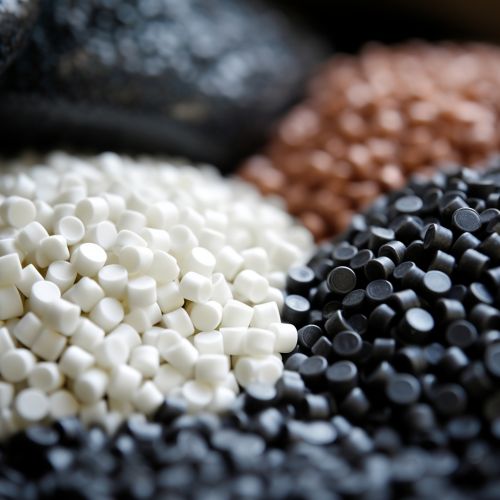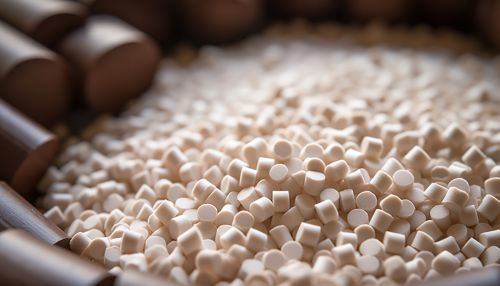Chemical Synthesis of Biodegradable Polymers
Introduction
Chemical synthesis of biodegradable polymers refers to the process of creating polymers that can decompose naturally in the environment through the action of microorganisms. The synthesized polymers are designed to degrade after a specific period, reducing the impact on the environment compared to non-biodegradable polymers. This article delves into the process of synthesizing these polymers, the types of biodegradable polymers, and their applications.


Biodegradable Polymers
Biodegradable polymers are a type of polymer that can be broken down by microorganisms into water, carbon dioxide, and biomass. This degradation process is influenced by various factors such as the polymer's chemical structure, its environment, and the presence of specific microorganisms. Biodegradable polymers can be synthesized from both renewable resources (biopolymers) and petrochemical resources (synthetic biodegradable polymers).
Biopolymers
Biopolymers are biodegradable polymers derived from renewable resources such as plants and animals. They include polysaccharides like starch and cellulose, proteins, and polyhydroxyalkanoates (PHAs). These polymers are synthesized through biological processes involving living organisms. For example, PHAs are produced by bacteria under nutrient-limited conditions with excess carbon.
Synthetic Biodegradable Polymers
Synthetic biodegradable polymers are derived from petrochemical resources and are designed to degrade over time. They include polylactic acid (PLA), polyglycolic acid (PGA), and polycaprolactone (PCL). These polymers are synthesized through chemical processes such as ring-opening polymerization and condensation polymerization.
Chemical Synthesis of Biodegradable Polymers
The chemical synthesis of biodegradable polymers involves various techniques, including condensation polymerization, ring-opening polymerization, and copolymerization.
Condensation Polymerization
In condensation polymerization, monomers with two or more reactive functional groups react to form a polymer and a small molecule such as water or methanol. This method is commonly used in the synthesis of polyesters, a type of biodegradable polymer.
Ring-Opening Polymerization
Ring-opening polymerization involves the opening of a cyclic monomer to form a linear polymer. This method is used in the synthesis of polylactic acid (PLA), a biodegradable polymer used in packaging, agriculture, and medical applications.
Copolymerization
Copolymerization involves the polymerization of two or more different types of monomers. This method allows for the synthesis of biodegradable polymers with tailored properties, such as mechanical strength and degradation rate.
Applications of Biodegradable Polymers
Biodegradable polymers have a wide range of applications due to their environmental benefits and versatile properties.
Packaging
Biodegradable polymers such as PLA and PHA are used in packaging applications to reduce the environmental impact of plastic waste. These polymers degrade into harmless compounds, reducing pollution and waste management issues associated with non-biodegradable plastics.
Agriculture
In agriculture, biodegradable polymers are used in controlled-release fertilizers and pesticides, mulch films, and seed coatings. These applications take advantage of the polymers' biodegradability to reduce environmental impact and improve agricultural efficiency.
Medical Applications
Biodegradable polymers are used in various medical applications, including drug delivery systems, sutures, and tissue engineering scaffolds. These applications benefit from the polymers' biocompatibility and controlled degradation properties.
